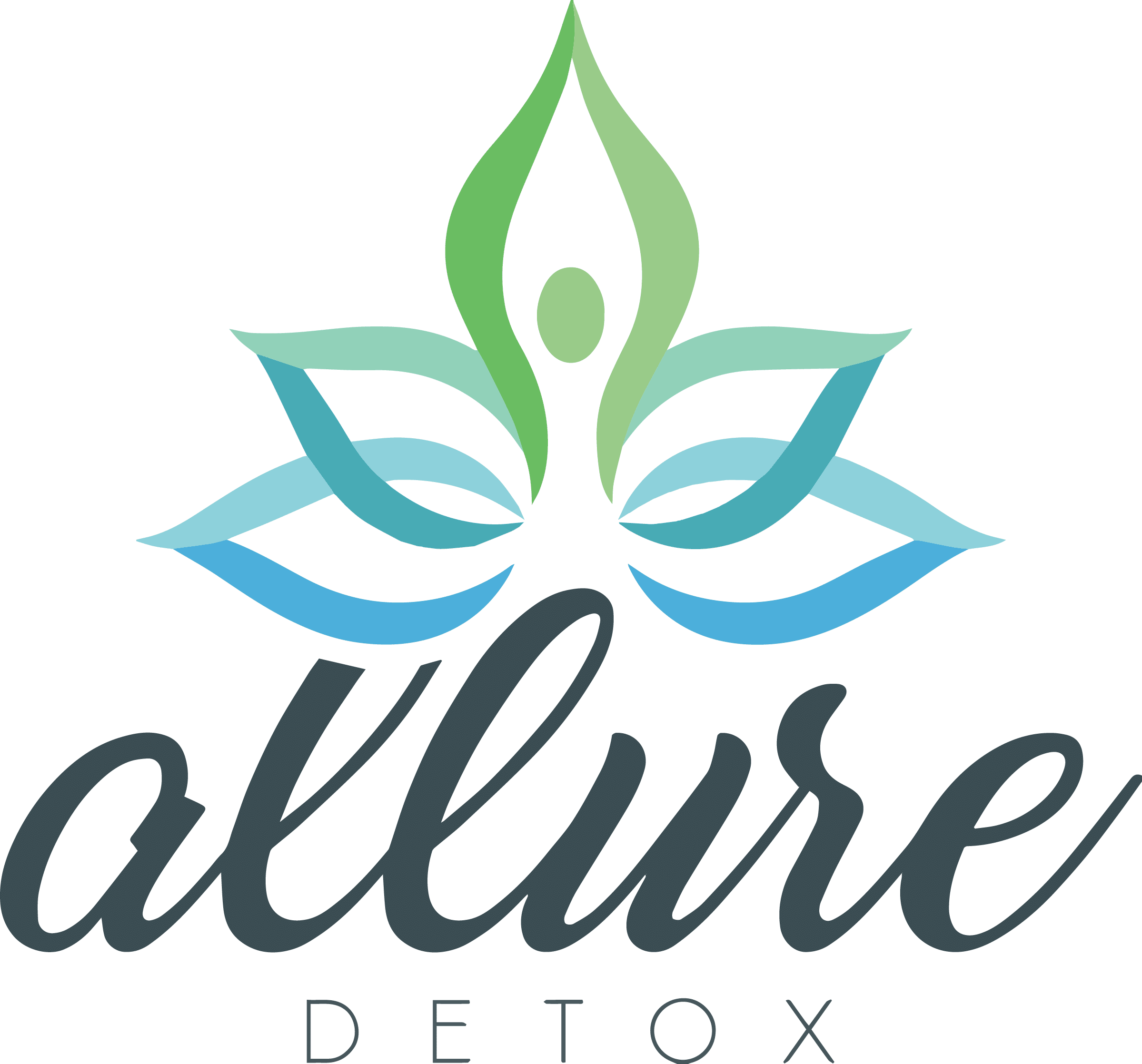The majority of addicts that try to get clean and sober rarely do it “cold turkey” with any success. The withdrawal from opioids is so uncomfortable and physically painful, that many people often revert to abusing drugs. This is what keeps an addict in the cycle of addiction, the fear of withdrawal.
Opioid withdrawal symptoms can include:
- Nausea and vomiting
- Muscle/body aches
- Insomnia or drowsiness
- Indigestion
- Anxiety, depression, and irritability
- Cravings
- Fever or chills
- Sweating
- Headache
- Difficulty concentrating
Table of Contents
The First Stage in Recovery is Detox

When an addict finally decides to get sober and has the will to get sober, they check or herself into a detox facility. Detox is the first stage in the recovery process for most drug and alcohol addictions, where the body is cleansed of the substances that are polluting it. When withdrawing from opioids, medical detox is necessary.
A medical detox facility is a treatment center staffed with doctors and nurses trained in helping patients cope with the withdrawal symptoms of early drug or alcohol abstinence. Without medical care, these withdrawal symptoms can be unpleasant, dangerous, and even life-threatening. During withdrawal, medical intervention is often necessary to keep the patient safe and comfortable, and some of the most common interventions include medication and therapy.
Suboxone is Key in Opioid Addiction Recovery
Some of the most used medications to detox from opioids are Suboxone, Sublocade, and Subutex. These are usually given to a user after the opioids have left the body, and suppose used too soon, the user could go into precipitated withdrawals. Probably the most widely used out of the three and the most successful is Suboxone.
According to the U.S. National Library of Medicine (NIH), Suboxone is the combination of buprenorphine and naloxone used to treat opioid dependence (addiction to opioid drugs, including heroin and narcotic painkillers). Buprenorphine is in a class of medications called opioid partial agonist-antagonists, and naloxone is in a class of medications called opioid antagonists. Buprenorphine alone and the combination of buprenorphine and naloxone work to prevent withdrawal symptoms when someone stops taking opioid drugs by producing similar effects to these drugs.
Suboxone is more popular due to the ability to get it out of detox treatment facilities. Unlike methadone treatment, which must be performed in a highly structured clinic, buprenorphine is the first medication to treat opioid dependency that can be prescribed or dispensed in physician offices, significantly increasing treatment access. Suboxone can be distributed in many other facilities, including a physician’s office, community hospital, health department, or correctional facility.
Suboxone Abuse and Dependency
Because of this easier availability, it is also easier to abuse. Suboxone is easy to get on the street, and some addicts use it as an in-between to get them through till they can get their next heroin fix.
Even though it is supposed to be part of a drug treatment program to get you off opioids, there has been a rise in users abusing it. According to the DEA, an estimated 21,483 emergency department visits were associated with nonmedical use of buprenorphine in 2011, nearly five times the 4,440 estimated number of buprenorphine ER visits in 2006.
The American Association of Poison Control Centers Annual Report indicates that U.S. poison centers recorded 3,732 case mentions, 2,160 single substance exposure cases, and five deaths involving toxic exposure from buprenorphine in 2016.

Can Suboxone Be Injected?
Suboxone usually comes as a sublingual film or tablet, which you place under your tongue until it dissolves. But since buprenorphine is itself an opioid drug, some addicts will attempt to get high by tampering with Suboxone and abusing it by misusing it. Yes, Suboxone tablets can be crushed, and the resulting powder snorted or dissolved in solution and injected into the bloodstream. However, injection often produces an immediate withdrawal because naloxone cancels out the activity of opioid drugs present in the user’s system, including buprenorphine.
Suboxone is intended to be used only for the treatment of opioid addiction, and it should be taken on a short-term basis under your doctor’s supervision until you are free of all drugs. If you are using Suboxone for any other purpose, you may have become dependent. Treatment can help, and at Allure Detox, our medical detox program is a safe and comfortable process, one that will get you drug-free, sane, and healthy again.
Can You Inject Suboxone?
Published on: 2020-04-13
Updated on: 2025-04-14



